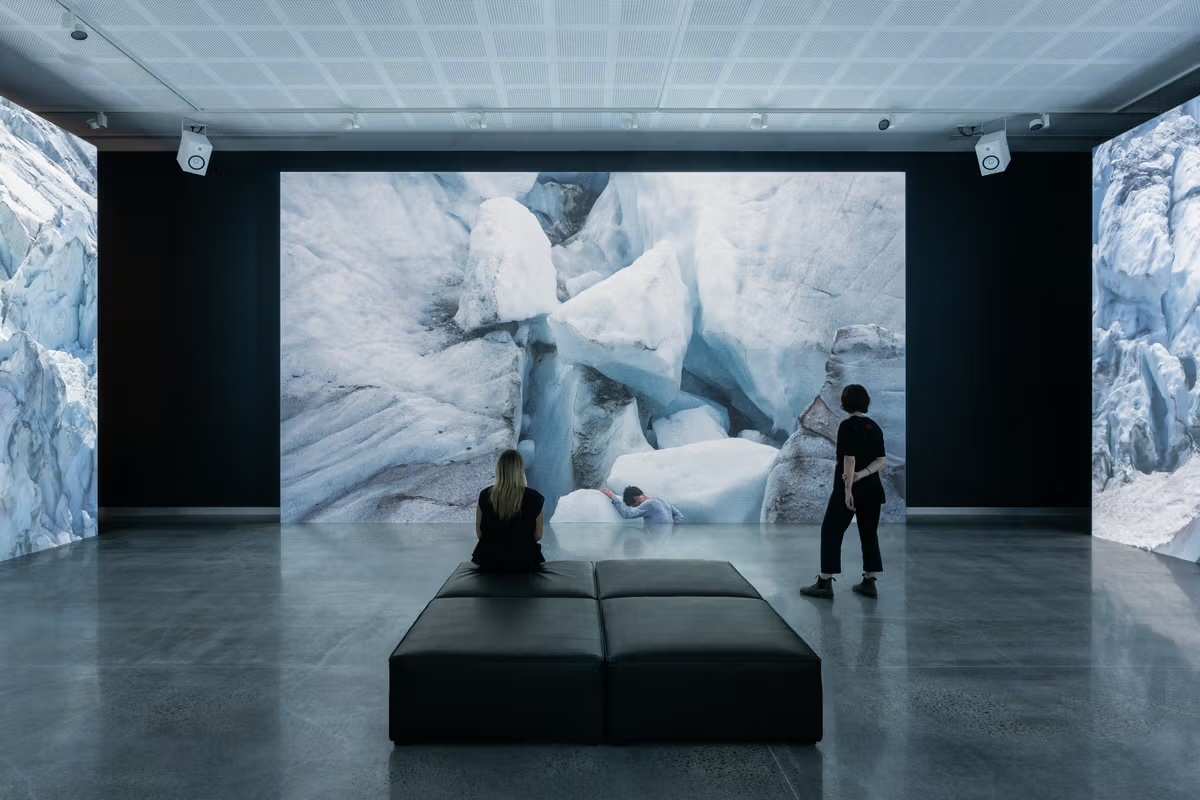

Installation view: Jacobus Capone, “End & Being” 2025, Wama Foundation – the National Centre for Environmental Art, Halls Gap (Photo: Astrid Muller)
Mitigating the effects of human-caused climate change takes many forms. Some solutions are technical, while others appeal to our emotions. Environmental art allows us space to admire, process, and grieve the loss of the Earth we once knew. In doing so, we look at the natural world in new ways, and it inspires us to fight for the future of our planet.
The National Centre for Environmental Art is Australia’s first gallery dedicated to environmental art. “[This type of art] shifts how we feel, how we see, and how we choose to act,” shares David Siegel, the marketing and communications lead for the Wama Foundation, which oversees the institution. In addition to the National Centre for Environmental Art, Wama’s 16-hectare (about 39.5-acre) space encompasses Gariwerd/Grampians Endemic Botanic Garden, Jallukar Native Grasslands, wetlands, a shop, and outdoor artworks in Victoria, Australia.
Currently on view at the National Centre for Environmental Art is End & Being by artist Jacobus Capone. The exhibition features a large-scale four-channel video installation in which Capone, alone and on foot, journeys to the Bossons Glacier (on the Mont Blanc massif in France) and records one minute of silence each day as the ice melts. Siegel calls it “a meditative, enveloping experience that draws people in and slows them down.” Visitors can’t help but consider both the tragedy and implications for our environment and wonder, “Where do we go from here?”
My Modern Met spoke with Siegel about the institution’s mission, more about End & Being, and what you can generally expect to see when you visit. Scroll down for our exclusive interview.
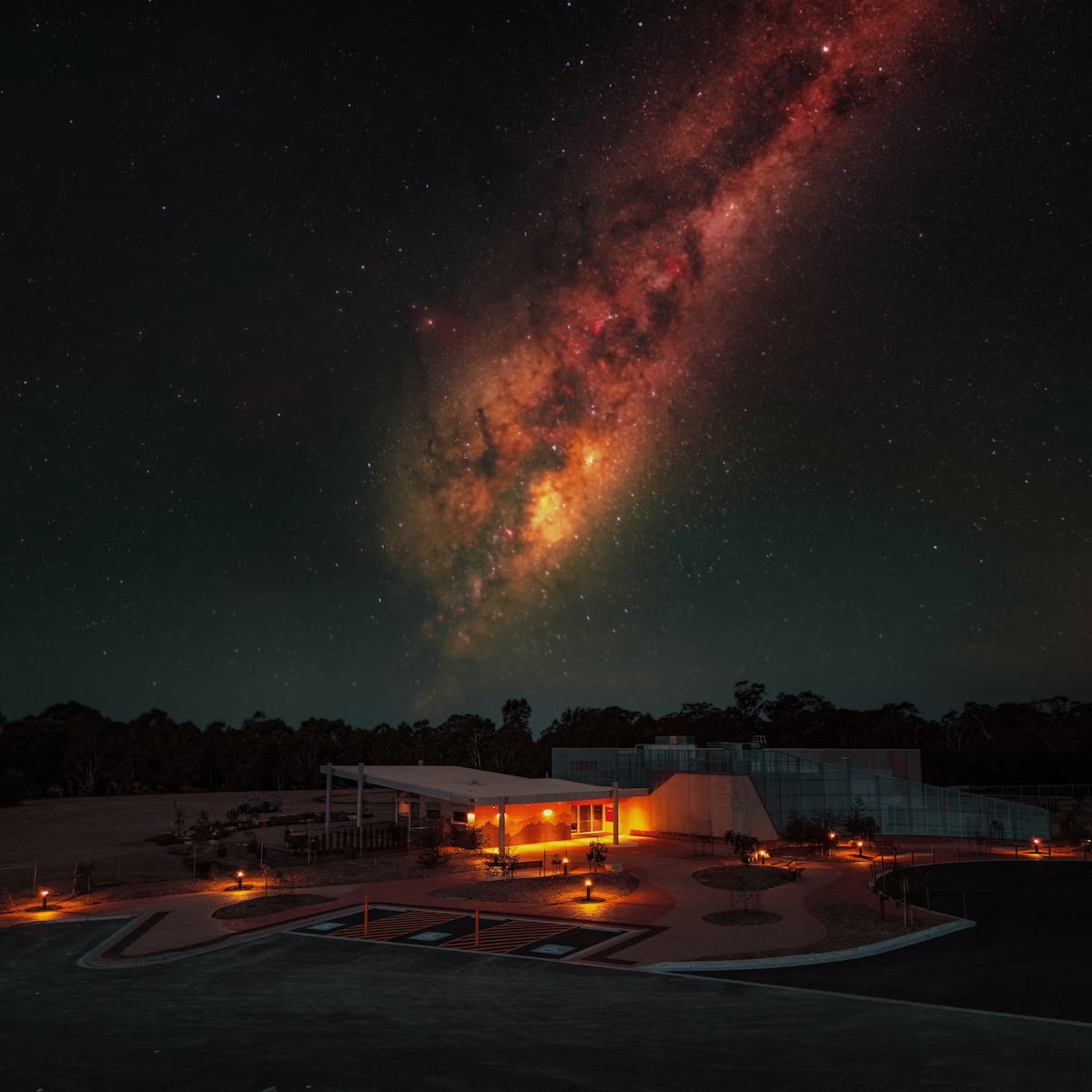

National Centre for Environmental Art
What is the National Centre for Environmental Art?
The National Centre for Environmental Art is Australia’s first space dedicated to the exploration of environmental art. We exist in proximity to the Gariwerd/Grampians National Park—a region of great cultural, ecological, and geological importance.
What is the significance of its inception?
We take an expansive view of environmental art. This means embracing works that speak to the ecological, cultural, metaphysical, and nonhuman aspects of place. Think interdisciplinary, emotionally resonant, and quietly radical. In crafting these experiences, we hope to catalyze deeper conversations about the state of the natural world and our place within it.
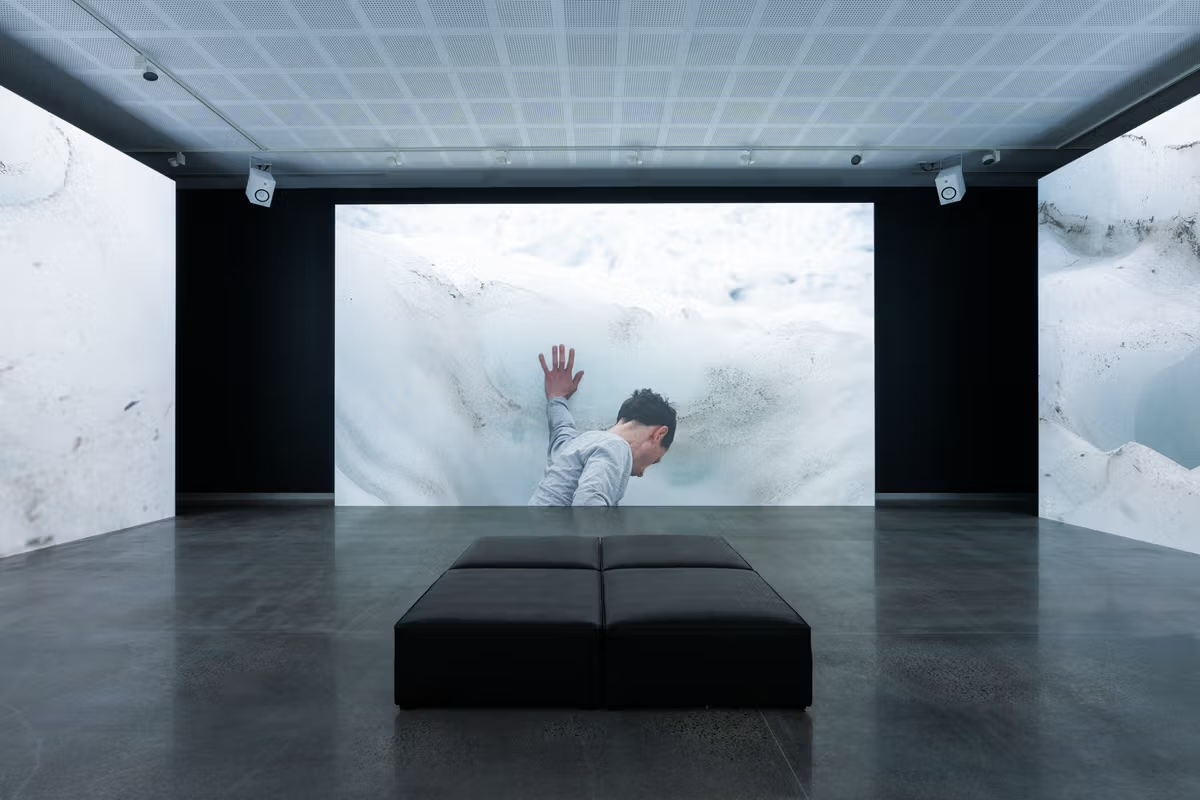

Installation view: Jacobus Capone, “End & Being” 2025, Wama Foundation – the National Centre for Environmental Art, Halls Gap (Photo: Astrid Muller)
Can you describe the space(s) for those unfamiliar with the area?
The Gariwerd/Grampians region in western Victoria is known for its jagged sandstone mountain ranges, rich Djab Wurrung and Jardwadjali culture, and diverse wildlife. Further, the region is one of the biodiversity hotspots of Victoria, containing over 30% of the state’s native flora.
The Wama Foundation, situated on the main route into the park, exists on a 16-hectare site comprising botanic gardens, grasslands, woodlands and an ephemeral wetland. The former tobacco plantation has been rehabilitated and revegetated over a 14-year period and will continue to develop with the addition of further landscaping, a sculpture trail, bird hides, and a nature play space for children. At the heart of our grounds lies The National Centre for Environmental Art—a gallery built to host large-scale, world-class exhibitions.
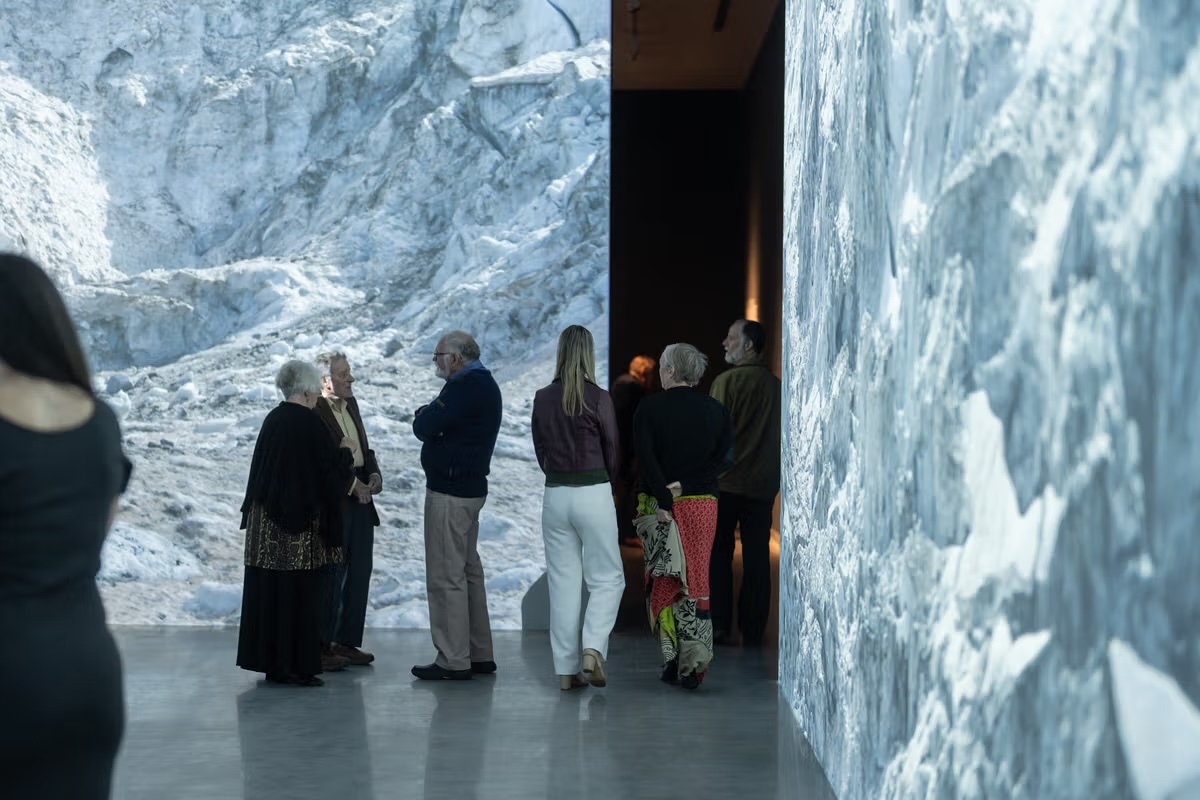

Installation view: Jacobus Capone, “End & Being” 2025, Wama Foundation – the National Centre for Environmental Art, Halls Gap (Photo: Astrid Muller)
What is currently on view that you’re excited about?
Our current exhibition, End & Being by Jacobus Capone, features a large-scale four-channel video installation with synchronized sound—a meditative, enveloping experience that draws people in and slows them down. End & Being documents a grueling performance above and beneath the Bossons Glacier, situated on the Mont Blanc massif in France. Over 89 days, Jacobus journeys alone on foot, recording one minute of silence each day in the presence of melting ice.
His works register glacial transformation and the vulnerability of both landscape and body. While the work documents the melting of a glacier halfway across the world, the message it shares about the consequences of a changing climate resonates deeply here in Australia, especially in a region (Gariwerd/Grampians) that has been twice in two years devastated by bushfires.
How do you envision the evolution of the National Centre for Environmental Art?
We’re building Australia’s leading destination for environmental art—one rooted in both artistic excellence and ecological awareness. The experience will evolve as a cultural and ecological commons—a site of creativity, care, and collaboration.
We plan on continuing to host world-class artists and to challenge and expand on the idea of environmental art.
The experience beyond the gallery will also continue to evolve with sculptures, endemic botanic gardens, a children’s nature play area, and hands-on education programs.
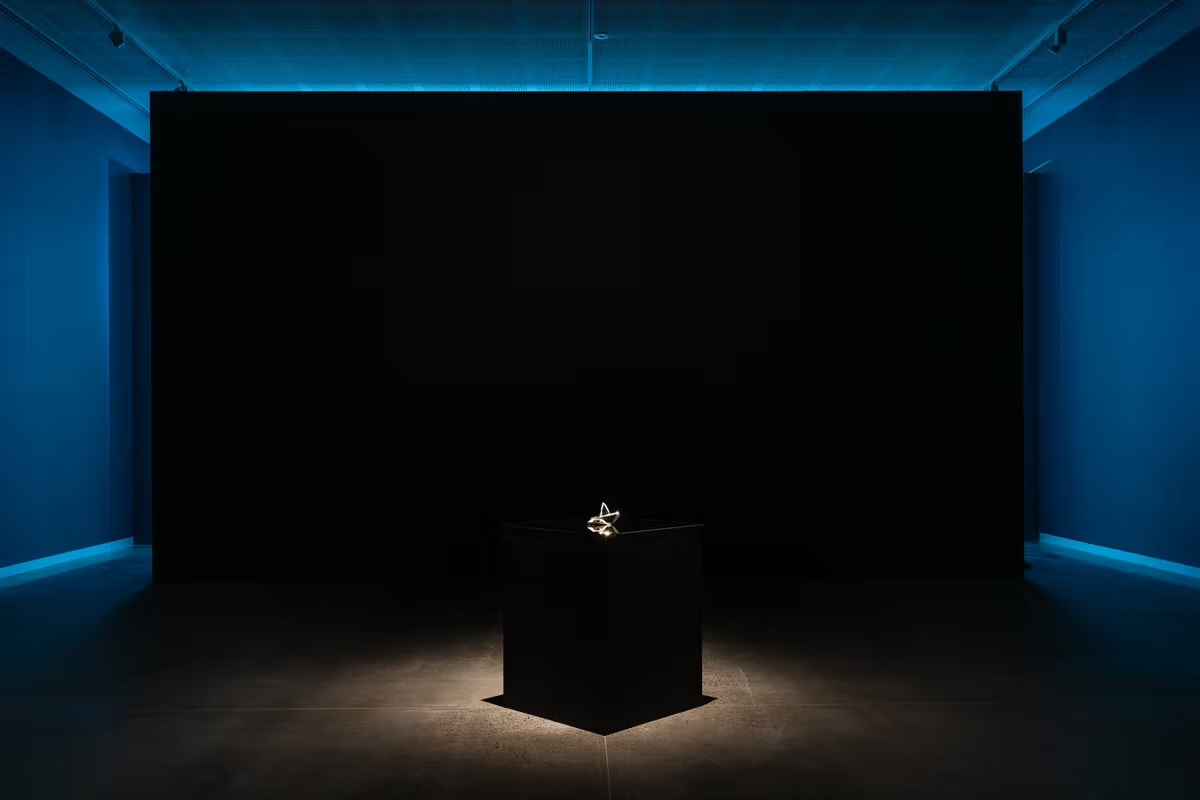

Installation view: Jacobus Capone, “End & Being” 2025, Wama Foundation – the National Centre for Environmental Art, Halls Gap (Photo: Astrid Muller)
What role does environmental art play in efforts to mitigate the effects of climate change?
Environmental art doesn’t offer technical solutions—but it does something equally vital. It shifts how we feel, how we see, and how we choose to act.
At Wama, we believe that emotional connection precedes environmental action. Art helps people sit with the grief and uncertainty that climate change brings. It also offers beauty, hope, and a sense of agency.
By bringing artists, scientists, and communities together, environmental art builds the cultural momentum needed for lasting political and behavioral change.
What’s next for the National Centre for Environmental Art? Anything exciting you can share?
We’re just getting started. Come spring, the gardens will begin to stir—wattles bursting, grasses greening, and the on-site work Spring by Jemila and Richard MacEwan coming into full bloom. Color, scent, and sound will transform the precinct into something alive and evolving. And just over the horizon, our summer exhibition is taking shape. We can’t say too much yet—but it will be bold and engaging.


















